Description
Italian Rice
Traditional stone husking
History of Carnaroli Rice
Carnaroli rice was born in 1945 based on the idea of Ettore De Vecchi, agronomist and rice grower, who wanted to create a large and consistent grain. An unusual goal for those years when people usually tried to create rice varieties that guaranteed greater yield and resistance to disease.
Following years of research, studies and hybridizations carried out on the land of Cascina Casello, near Paullo, owned by his family, Ettore succeeded in the enterprise.
Carnaroli rice was born from the union between two varieties present in Italy since the nineteenth century: Vialone and Lencino.
It is a very valuable rice, belonging to the japonica variety and widespread throughout Italy. Currently there are different varieties of Carnaroli rice that are grown mainly in Piedmont and Lombardy, in particular in the areas of Vercelli, Novara and Pavia.
Characteristics of Carnaroli Rice
Carnaroli Rice is characterized by large grains with a particularly elongated shape (about 7 millimeters) and a pearly color. The pearl is the opalescent part of the grain that favors the absorption of condiments. It has a high amylose content, a characteristic that makes the grain more resistant to cooking, preventing it from overcooking and disintegrating, but keeping it compact. It loses starch very rarely but has a good capacity to absorb liquids and condiments during creaming. It is considered one of the most prized Italian rices and most suitable for preparing an excellent risotto.
How to cook Carnaroli rice
As previously mentioned, the Carnaroli variety is the protagonist of risottos, as it has excellent cooking resistance, during which it releases a small percentage of starch. It has all the essential qualities for the success of a risotto.
Arborio or Carnaroli Rice: The Difference
Carnaroli rice differs from Arborio rice mainly for its higher starch content, firmer consistency and more elongated grain. Carnaroli rice also has a higher resistance to cooking than Arborio, as it contains greater quantities of amylose.

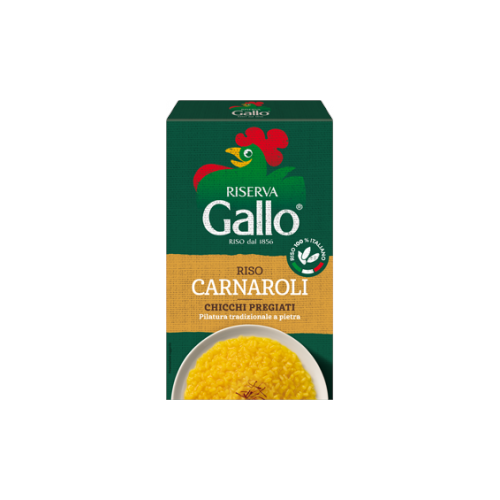
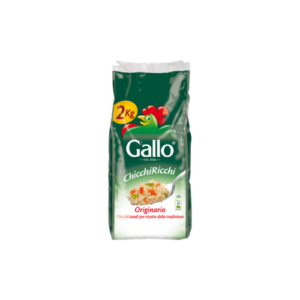
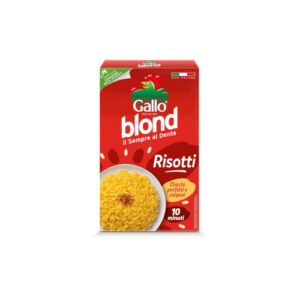
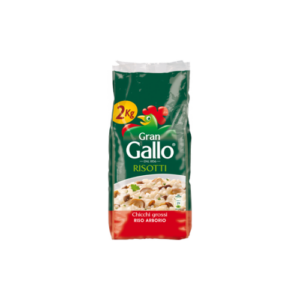
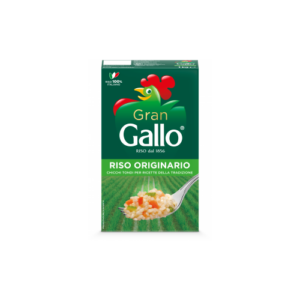
Reviews
There are no reviews yet.